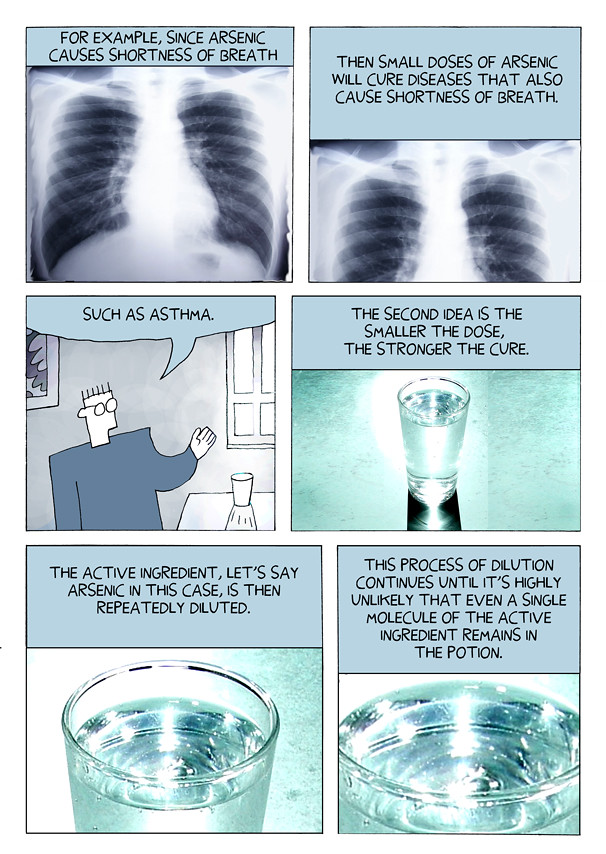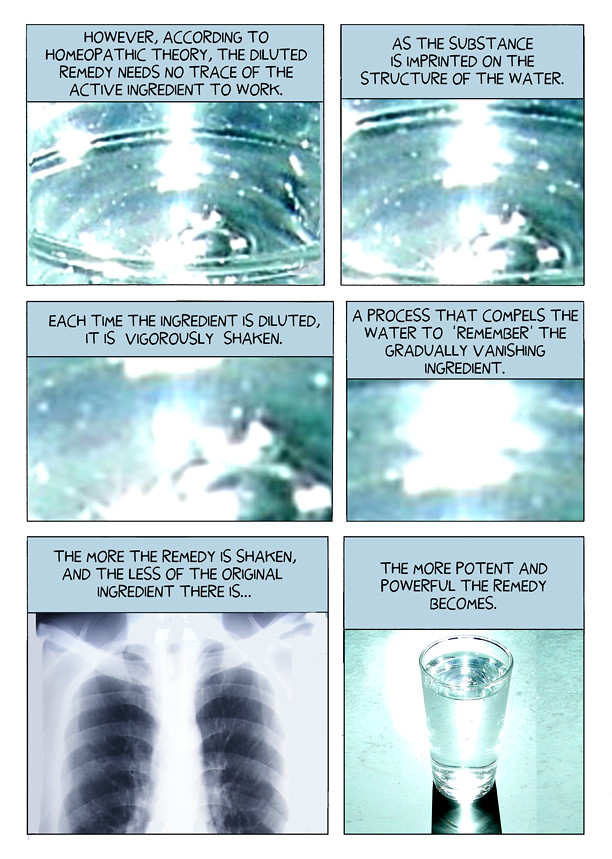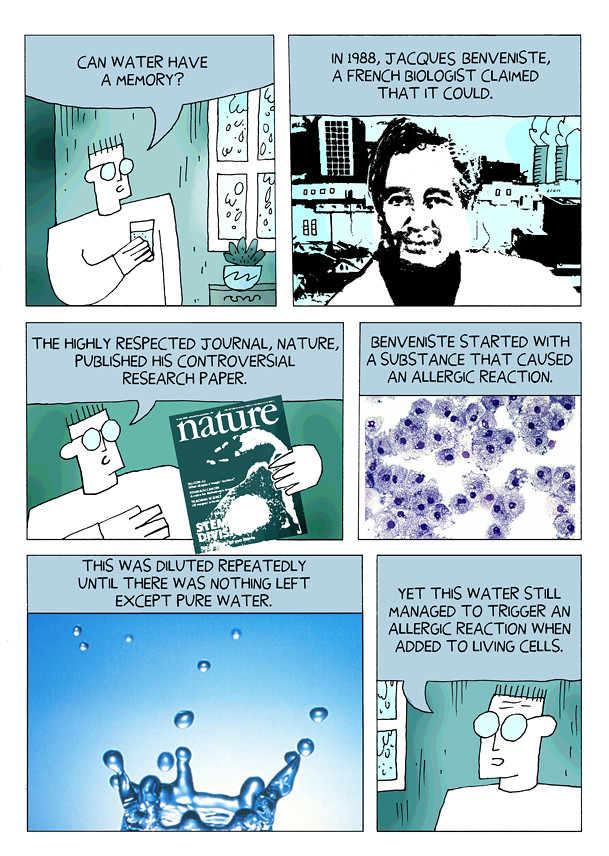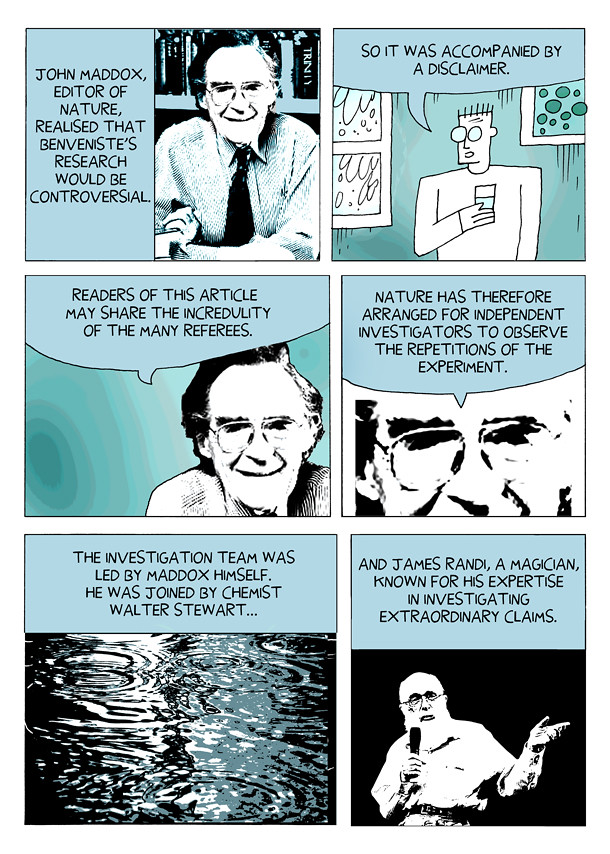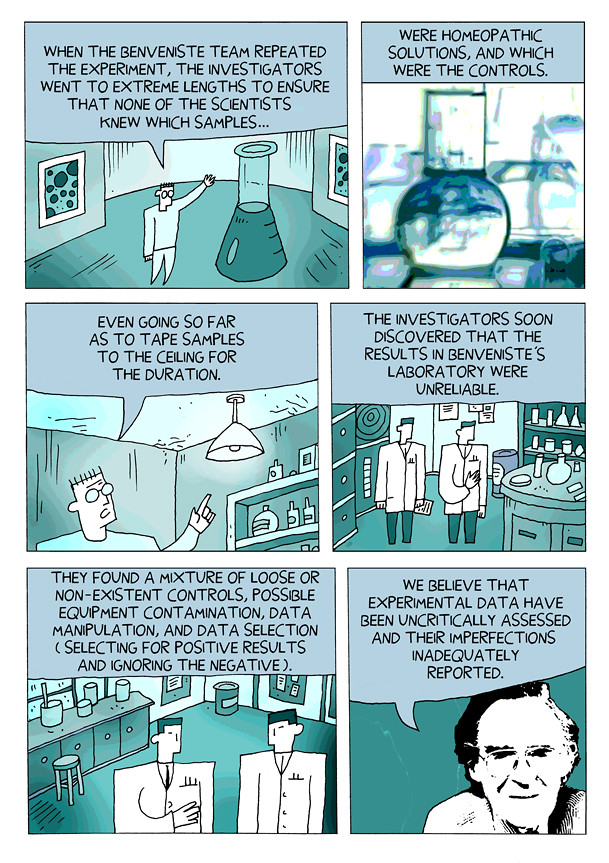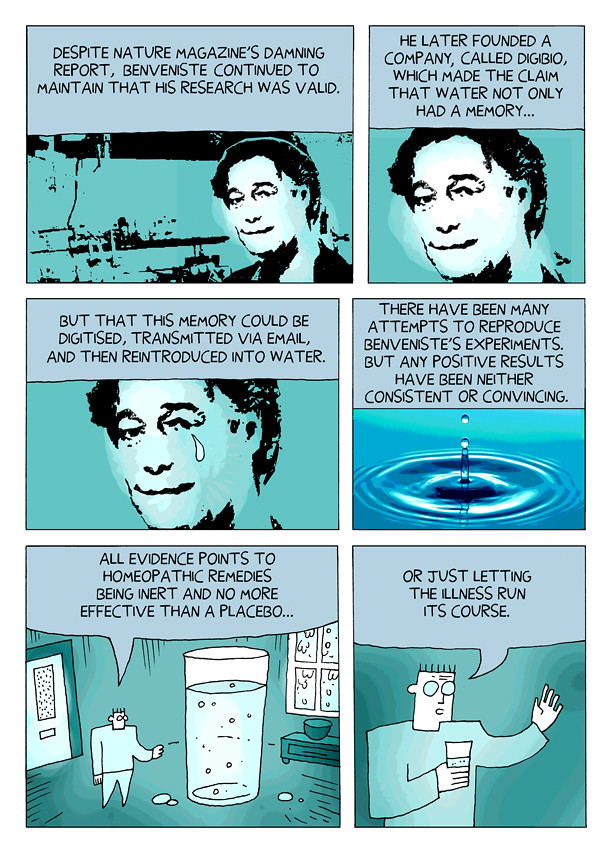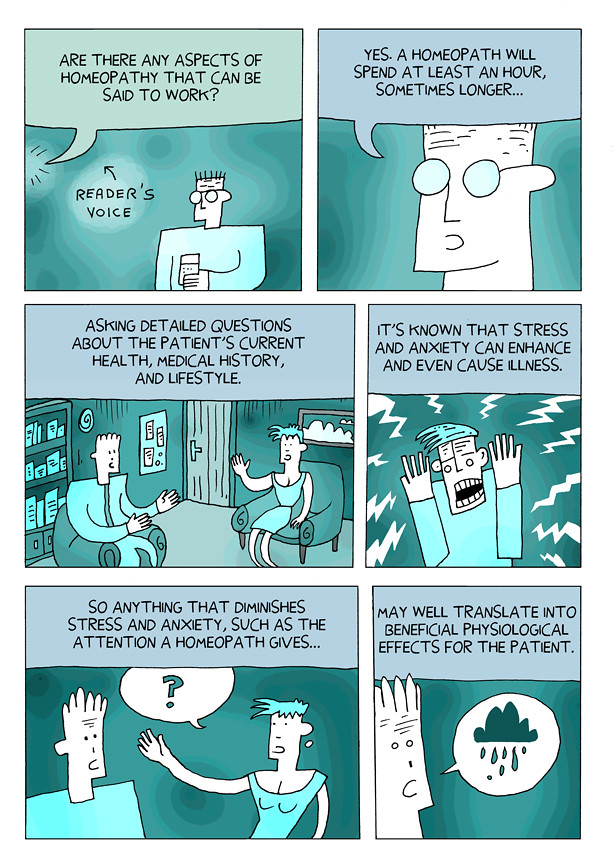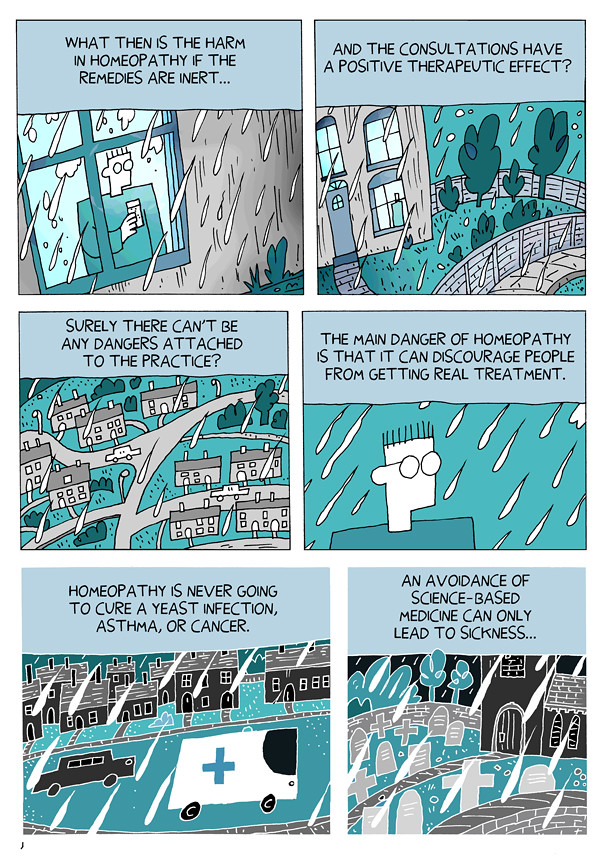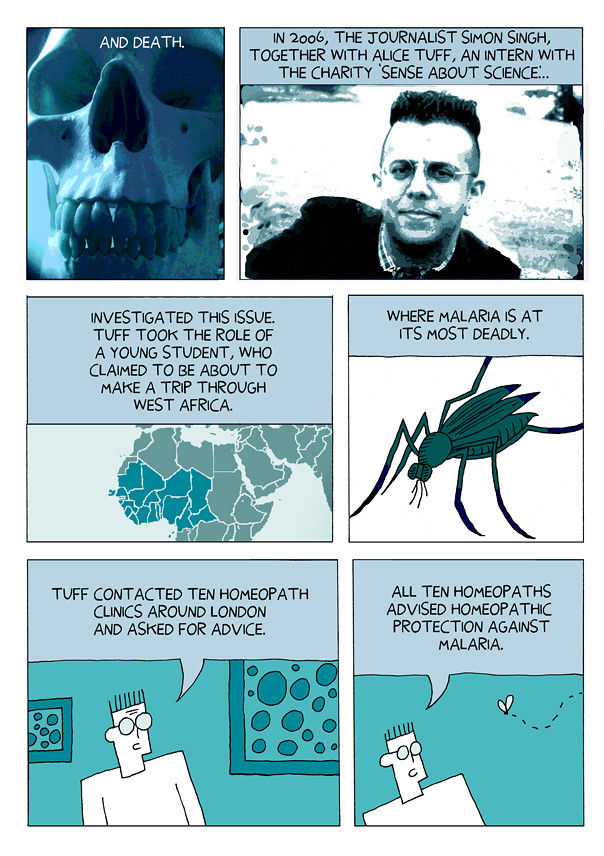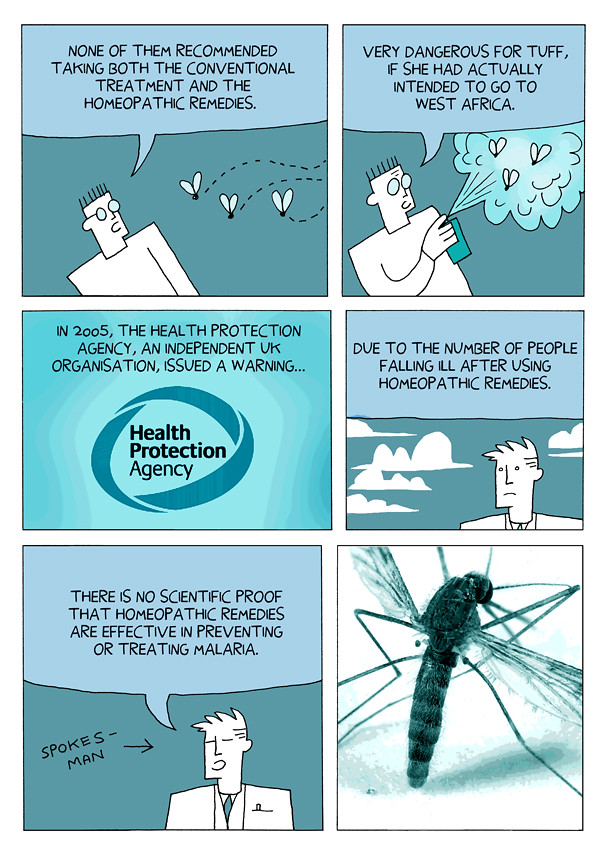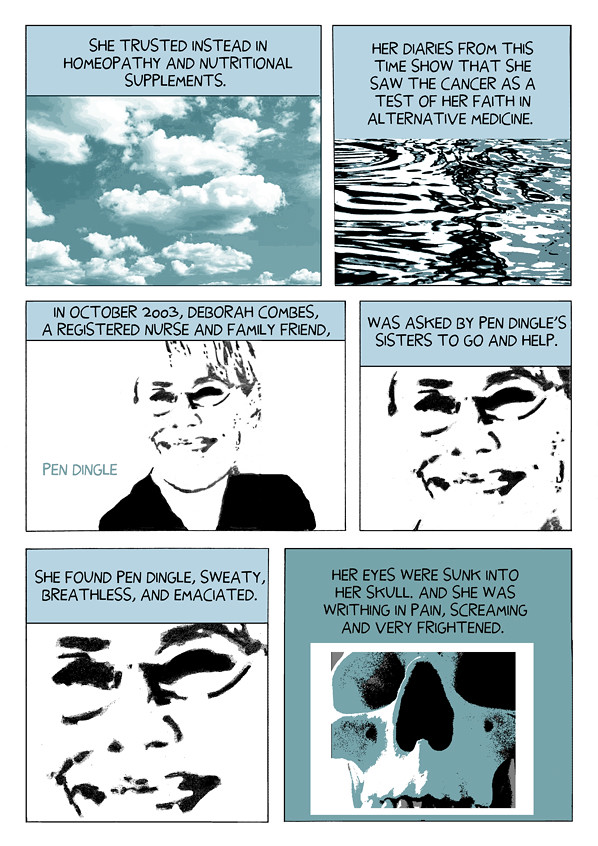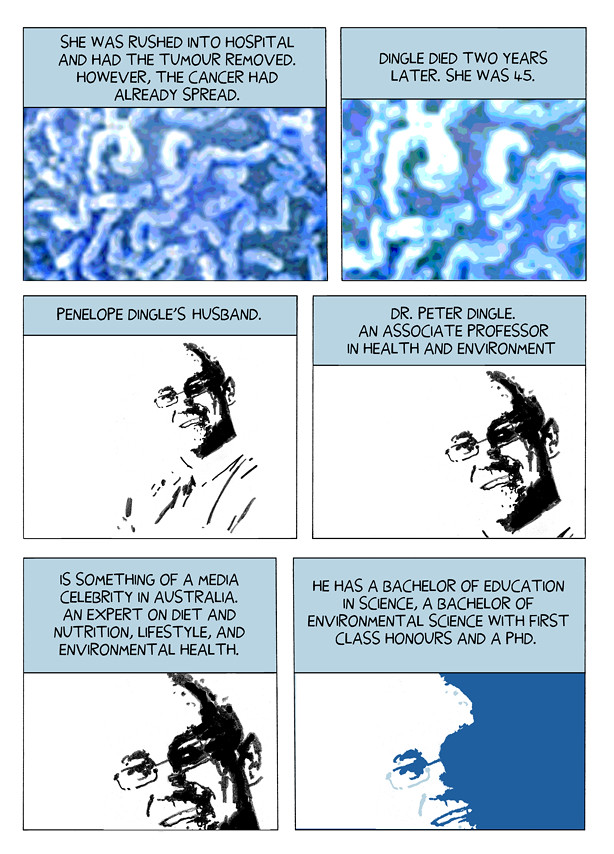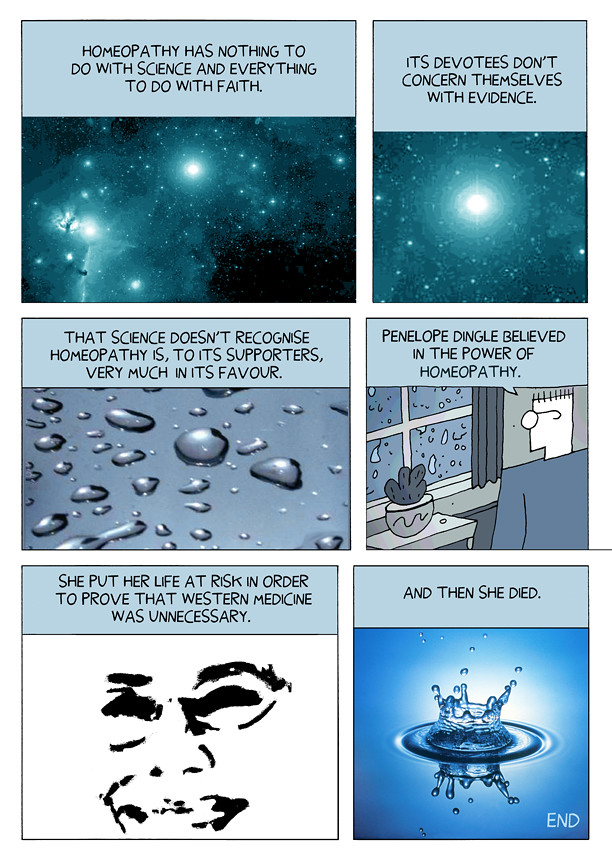
A 3.6 million-year-old fossil from one of humanity’s earliest ancestors is more human-like than expected — and much taller.
The discovery makes Lucy, the best-known fossil of all, appear to be exceptionally short by comparison. Lucy and the new skeleton are both Australopithecus afarensis, the first fully bipedal primate and a direct ancestor of humanity. Unlike Lucy and every other A. afarensis fossil, the new skeleton has complete forelimb and hindlimb bones, allowing researchers to estimate its size more accurately.
The new A. afarensis specimen stood between 5 and 5 1/2 feet tall, towering over Lucy’s 3-foot height. Other fossil fragments suggested that Lucy was an unreliable measuring stick for A. afarensis, but the new fossil is the most conclusive evidence yet. Dubbed “Kadanuumuu,†or Big Man, it is described June 21 in the Proceedings of the National Academy of Sciences.
Big Man’s limbs also appear well-suited for running, in contrast to the shortened gait implied by Lucy’s skeleton. The proportions compare to those found two million years later in Homo erectus, and would not be out of place in a modern human, said study co-author Owen Lovejoy, a Kent State University paleoanthropologist.
“The difference between Australopithecus and humans is much less than everyone expected,†said Lovejoy. “Upright walking and running were pretty advanced at 3.6 million years ago, and they didn’t change much over the next two million years. Most of the changes in that period of time took place elsewhere.â€
Lovejoy was also part of the team that discovered Ardipithecus ramidus, a 4.4 million-year-old possible human ancestor that was officially described last October. Ardipithecus was far less chimp-like than expected.
That raises the possibility that it’s the other Great Apes, rather than humans, whose bodies have evolved the most over the last few million years.
Big Man, with a rib cage shaped more like our own than that of a chimpanzee or gorilla, reinforces that notion.
“Chimps and gorillas are again the unusual form. Hominids and ourselves bear many primitive traits that haven’t been specialized like they have in gorillas,†said Lovejoy.
“The classic cartoon of the ape turning into the human doesn’t work at all.â€
Image: Yohannes Haile-Selassie/PNAS.
See Also:
Citation: “An early Australopithecus afarensis postcranium from Woranso-Mille, Ethiopia.†By
Yohannes Haile-Selassie, Bruce M. Latimer, Mulugeta Alene, Alan L. Deino, Luis Gibert, Stephanie M. Melillo, Beverly Z. Saylor, Gary R. Scott, C. Owen Lovejoy.
Brandon Keim’s Twitter stream and reportorial outtakes; Wired Science on Twitter. Brandon is currently working on a book about ecological tipping points.


 Seagate’s new FreeAgent GoFlex external hard drive is notable for two things other than the excessive use of CamelCase in its name. The first is that it will hold up to 3TB of data, with Seagate claiming a World’s First for this feat of packing bits into an external drive.
Seagate’s new FreeAgent GoFlex external hard drive is notable for two things other than the excessive use of CamelCase in its name. The first is that it will hold up to 3TB of data, with Seagate claiming a World’s First for this feat of packing bits into an external drive.





